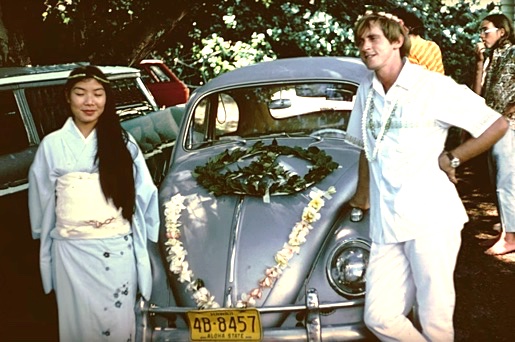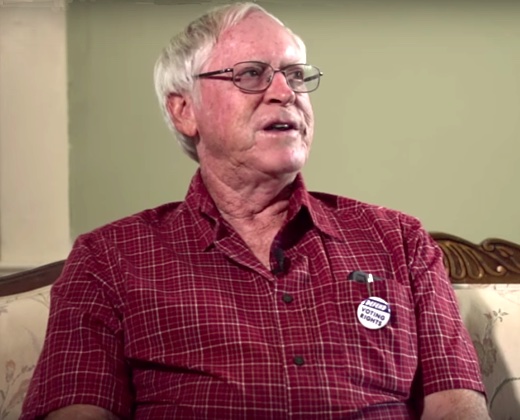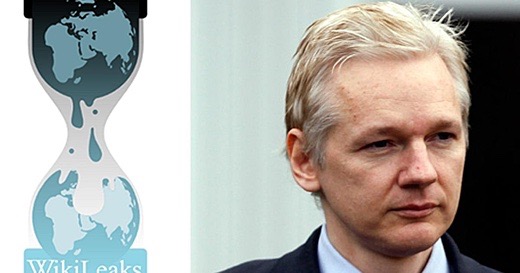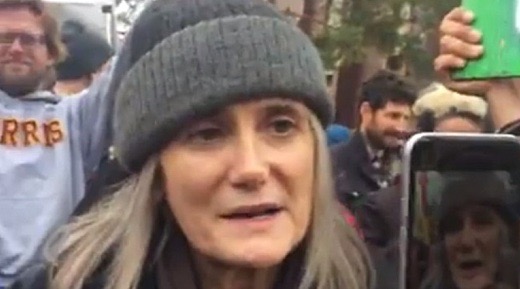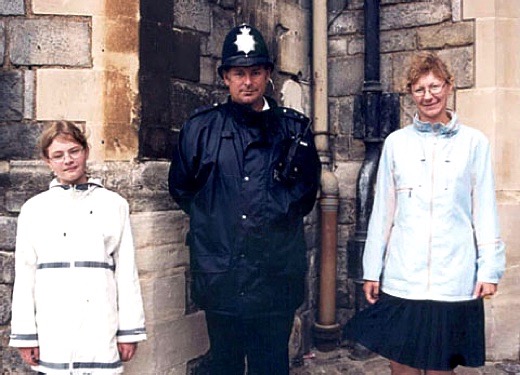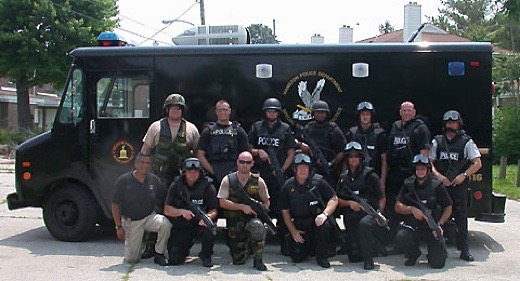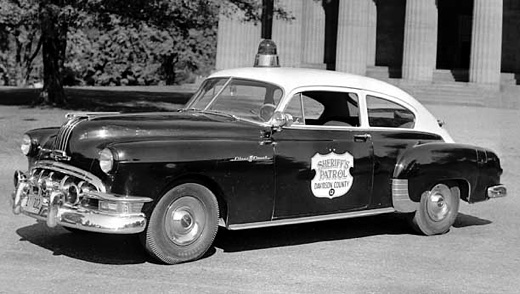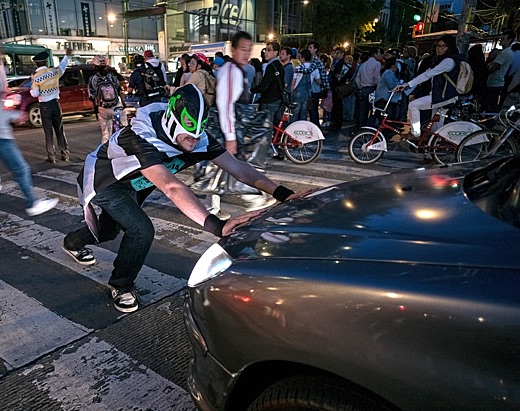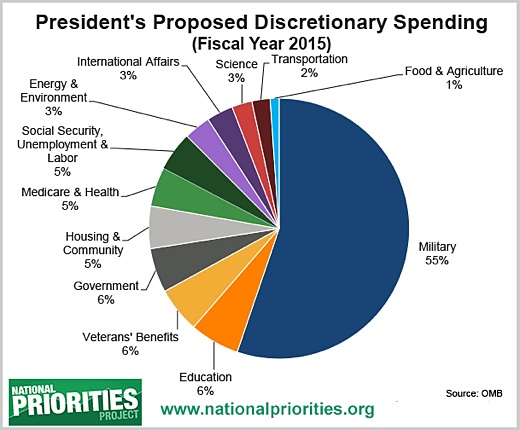SUBHEAD: Judge says executive order was issued with a purpose to disfavor a particular religion.
By Rui Kanyena on 16 March 2017 for Civil Beat-
(http://www.civilbeat.org/2017/03/hawaii-judge-to-rule-on-challenge-to-travel-ban-before-it-takes-effect/?mc_cid=e810ff9805&mc_eid=28610da3ab)
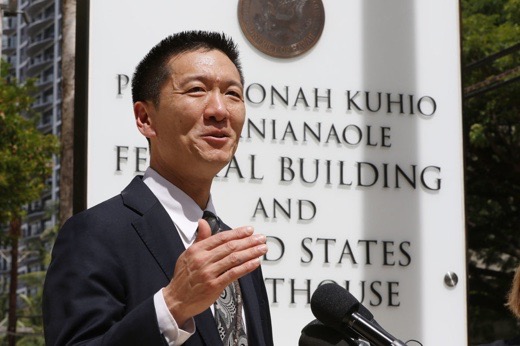
Image above: U.S. District Court Judge Derrick Watson in front of the US Federal Court in Honolulu, Hawaii speaks to media about his ruling on Trump travel ban. From original article.
In a case of legal deja vu, President Donald Trump’s new executive order on immigration suffered a major setback Wednesday, when a federal judge in Honolulu issued a temporary restraining order to keep the travel ban from taking effect nationwide.
n a 43-page opinion, U.S. District Court Judge Derrick Watson ruled that Hawaii met the “burden of establishing a strong likelihood of success on the merits” of its claims against the travel ban — which suspends refugee resettlements and temporarily halts the issuance of new visas to citizens of six Muslim-majority countries.
“A reasonable, objective observer — enlightened by the specific historical context, contemporaneous public statements and specific sequence of events leading to its issuance — would conclude that the executive order was issued with a purpose to disfavor a particular religion, in spite of its stated, religiously neutral purpose,” Watson wrote.
Watson’s ruling was a resounding victory for Hawaii, which mounted the first legal challenge against the new order on grounds that it unconstitutionally targets Muslims and discriminates based on national origin.
Hawaii Attorney General Doug Chin, who first sued the Trump administration in February to challenge the original travel ban, hailed the ruling.
“This is what the checks-and-balances system is all about,” Chin said. “The president might make certain decisions, but the way our government works, we also need to be able to take our own stance to check and balance out that whole process.”
Watson’s ruling was also the second major setback for Trump, who has long argued that the travel ban is necessary for national security.
Trump’s original travel ban, issued January 27th, triggered a flurry of legal challenges across the country and ended in a defeat at the 9th U.S. Circuit Court of Appeals, whose three-judge panel unanimously upheld an injunction issued in Seattle.
Speaking at a rally in Nashville, Tennessee, Trump called Watson’s ruling “an unprecedented judicial overreach” and noted that it came from a judge within the “much-overturned 9th Circuit Court.”
To the cheers of supporters in a campaign-style setting, Trump vowed that “we’re going to fight this terrible ruling” and eventually prevail at the U.S. Supreme Court.
“The danger’s clear; the law is clear,” Trump said, adding, “The best way to stop radical Islamic terrorists … is to stop them from entering the country in the first place.”

Image above: Hawaii Attorney General Doug Chin (center) discusses the decision by U.S. District Court Judge Derrick Watson to block the travel ban with Gov. David Ige and other local lawmakers. From original article.
At a hearing Wednesday, acting U.S. Solicitor General Jeffrey Wall argued that Trump was simply exercising his broad authority to address national security concerns.
Wall also told Watson that the travel ban had been revised to address the concerns raised by 9th Circuit Court, noting that it applies only to visa applicants who have yet to travel to the U.S., removes a provision that singled out Syrian refugees for an indefinite ban and no longer gives preferential treatment to the refugee claims of religious minorities.
But Watson was having none of it.
Watson ruled that, despite the revisions, the new order still amounts to religious discrimination — a step toward the “total and complete shutdown of Muslims entering the United States” that Trump promised on the campaign trail.
Watson chided the Trump administration, in particular, for suggesting that, since the travel ban doesn’t apply to all Muslim-majority countries, it has no “religious animus.”
“The illogic of the government’s contention is palpable,” Watson wrote. “The notion that one can demonstrate animus toward any group of people only by targeting all of them at once is fundamentally flawed. The court declines to relegate its establishment clause analysis to a purely mathematical exercise.”
Six hours before Watson’s hearing, U.S. District Judge Theodore Chuang in Greenbelt, Maryland, heard oral arguments on a lawsuit brought by refugee aid groups but declined to issue a ruling from the bench.
Chuang indicated that his ruling, when it does come, might not be nationwide in scope.
In Seattle, U.S. District Judge James Robart, who blocked the original travel ban, held a hearing to consider the claims of four Washington residents who are concerned that the new order will bar their relatives from entering the U.S. But he has yet to issue a ruling.
Meanwhile, Washington Attorney General Bob Ferguson cheered Hawaii’s success.
“A win for Hawaii is a win for all of us,” Ferguson said. “Trump is piling up defeat after defeat after defeat. And we’ll all be here working to make sure his streak continues.”
Oregon Attorney General Ellen Rosenblum, who was in Honolulu to attend the meeting of the Conference of Western Attorneys General, said Watson’s ruling reflected Hawaii’s aloha spirit.
“We’re so happy to stand together today with your state with this very, very significant victory for inclusivety and for saying loud and clear against discrimination,” said Rosenblum, who, along with attorneys general from 13 states and the District of Columbia, filed an amicus brief in Hawaii’s lawsuit.
Hakim Ouansafi, president the Muslim Association of Hawaii, said Watson’s ruling will protect “all the families affected by this Muslim ban.”
“They say precious things come in small packages and, in this case, great things for America and the world came from this small state of ours,” Ouansafi said. “Very proud of the great work (Attorney General) Doug Chin and his team did and hope that President Trump can concentrate on truly protecting this country as opposed to concentrating on fulfilling an unconstitutional and un-American campaign pledge.”
.
By Rui Kanyena on 16 March 2017 for Civil Beat-
(http://www.civilbeat.org/2017/03/hawaii-judge-to-rule-on-challenge-to-travel-ban-before-it-takes-effect/?mc_cid=e810ff9805&mc_eid=28610da3ab)

Image above: U.S. District Court Judge Derrick Watson in front of the US Federal Court in Honolulu, Hawaii speaks to media about his ruling on Trump travel ban. From original article.
In a case of legal deja vu, President Donald Trump’s new executive order on immigration suffered a major setback Wednesday, when a federal judge in Honolulu issued a temporary restraining order to keep the travel ban from taking effect nationwide.
n a 43-page opinion, U.S. District Court Judge Derrick Watson ruled that Hawaii met the “burden of establishing a strong likelihood of success on the merits” of its claims against the travel ban — which suspends refugee resettlements and temporarily halts the issuance of new visas to citizens of six Muslim-majority countries.
“A reasonable, objective observer — enlightened by the specific historical context, contemporaneous public statements and specific sequence of events leading to its issuance — would conclude that the executive order was issued with a purpose to disfavor a particular religion, in spite of its stated, religiously neutral purpose,” Watson wrote.
Watson’s ruling was a resounding victory for Hawaii, which mounted the first legal challenge against the new order on grounds that it unconstitutionally targets Muslims and discriminates based on national origin.
Hawaii Attorney General Doug Chin, who first sued the Trump administration in February to challenge the original travel ban, hailed the ruling.
“This is what the checks-and-balances system is all about,” Chin said. “The president might make certain decisions, but the way our government works, we also need to be able to take our own stance to check and balance out that whole process.”
Watson’s ruling was also the second major setback for Trump, who has long argued that the travel ban is necessary for national security.
Trump’s original travel ban, issued January 27th, triggered a flurry of legal challenges across the country and ended in a defeat at the 9th U.S. Circuit Court of Appeals, whose three-judge panel unanimously upheld an injunction issued in Seattle.
Speaking at a rally in Nashville, Tennessee, Trump called Watson’s ruling “an unprecedented judicial overreach” and noted that it came from a judge within the “much-overturned 9th Circuit Court.”
To the cheers of supporters in a campaign-style setting, Trump vowed that “we’re going to fight this terrible ruling” and eventually prevail at the U.S. Supreme Court.
“The danger’s clear; the law is clear,” Trump said, adding, “The best way to stop radical Islamic terrorists … is to stop them from entering the country in the first place.”

Image above: Hawaii Attorney General Doug Chin (center) discusses the decision by U.S. District Court Judge Derrick Watson to block the travel ban with Gov. David Ige and other local lawmakers. From original article.
Religious Discrimination
In his ruling, Watson directed much of his attention at assessing whether the new order, like the original travel ban, is a “Muslim ban” dressed up in legal garb — in violation of the First Amendment’s establishment clause.At a hearing Wednesday, acting U.S. Solicitor General Jeffrey Wall argued that Trump was simply exercising his broad authority to address national security concerns.
Wall also told Watson that the travel ban had been revised to address the concerns raised by 9th Circuit Court, noting that it applies only to visa applicants who have yet to travel to the U.S., removes a provision that singled out Syrian refugees for an indefinite ban and no longer gives preferential treatment to the refugee claims of religious minorities.
But Watson was having none of it.
Watson ruled that, despite the revisions, the new order still amounts to religious discrimination — a step toward the “total and complete shutdown of Muslims entering the United States” that Trump promised on the campaign trail.
Watson chided the Trump administration, in particular, for suggesting that, since the travel ban doesn’t apply to all Muslim-majority countries, it has no “religious animus.”
“The illogic of the government’s contention is palpable,” Watson wrote. “The notion that one can demonstrate animus toward any group of people only by targeting all of them at once is fundamentally flawed. The court declines to relegate its establishment clause analysis to a purely mathematical exercise.”
Last-Minute Challenges
Watson’s ruling came on a day in which two other judges held hearings to decide whether to issue an injunction against the travel ban.Six hours before Watson’s hearing, U.S. District Judge Theodore Chuang in Greenbelt, Maryland, heard oral arguments on a lawsuit brought by refugee aid groups but declined to issue a ruling from the bench.
Chuang indicated that his ruling, when it does come, might not be nationwide in scope.
In Seattle, U.S. District Judge James Robart, who blocked the original travel ban, held a hearing to consider the claims of four Washington residents who are concerned that the new order will bar their relatives from entering the U.S. But he has yet to issue a ruling.
Meanwhile, Washington Attorney General Bob Ferguson cheered Hawaii’s success.
“A win for Hawaii is a win for all of us,” Ferguson said. “Trump is piling up defeat after defeat after defeat. And we’ll all be here working to make sure his streak continues.”
Oregon Attorney General Ellen Rosenblum, who was in Honolulu to attend the meeting of the Conference of Western Attorneys General, said Watson’s ruling reflected Hawaii’s aloha spirit.
“We’re so happy to stand together today with your state with this very, very significant victory for inclusivety and for saying loud and clear against discrimination,” said Rosenblum, who, along with attorneys general from 13 states and the District of Columbia, filed an amicus brief in Hawaii’s lawsuit.
Hakim Ouansafi, president the Muslim Association of Hawaii, said Watson’s ruling will protect “all the families affected by this Muslim ban.”
“They say precious things come in small packages and, in this case, great things for America and the world came from this small state of ours,” Ouansafi said. “Very proud of the great work (Attorney General) Doug Chin and his team did and hope that President Trump can concentrate on truly protecting this country as opposed to concentrating on fulfilling an unconstitutional and un-American campaign pledge.”
.

